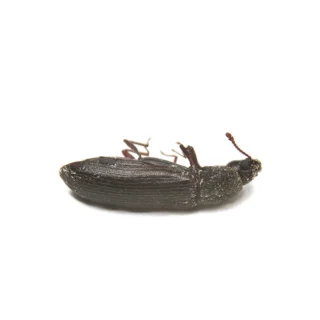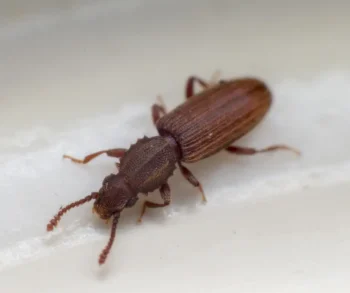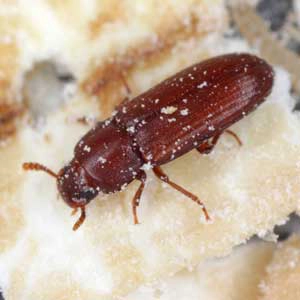Indian Meal Moths in Central Arkansas
Recognized worldwide as a pest, the Indian meal moth’s name reflects its preference for Indian corn or maize meal. They are also commonly called the pantry moth or the North American high-flyer. Its distinct wing pattern, characterized by a copper or bronze hue on the rear half, aids in its identification. With a wide-ranging diet encompassing grain products, dried fruits, seeds, graham crackers, nuts, powdered milk chocolate, and candies, these moths are versatile feeders. Home infestations can originate from nearly any food source but commonly begin with dried pet food or birdseed.
Indian Meal Moth Habitat
The Indian meal moth is the predominant food-infesting moth across homes, grocery stores, and locales where dried pet foods are stored. They are particularly common in temperate regions. Adult moths refrain from feeding, while their larvae tirelessly consume grain products, encasing them in abundant silk webbing. With a preference for coarser flour varieties like whole wheat, graham flour, and cornmeal, it thrives in packages of these products. Nuts, particularly those cached by squirrels in attics and chimneys, serve as another favored breeding ground.
Indian Meal Moth Behaviors, Threats, or Dangers
Indian meal moths neither bite nor pose substantial health risks but they’re a household nuisance, infiltrating grain and pantry supplies. Their larvae wreak havoc by contaminating food and leaving behind silken webs. The resulting waste from contamination typically exceeds the amount of food consumed. Detecting flying adults is a common sign of an infestation. Attracted to light, these moths may venture into different areas of the home, leading to the misconception that they’re clothing pests.
If an infestation is present in your Central Arkansas home, locate and discard all infested material. Contact your local pantry pest control experts for help or advice with Indian meal moths!
Need help with Indian Meal Moth control?
Need Pest Control Service?
Leave your information below and we’ll be in touch with a FREE quote!
"*" indicates required fields
*During normal business hours. After hours calls will be returned the next business day.




